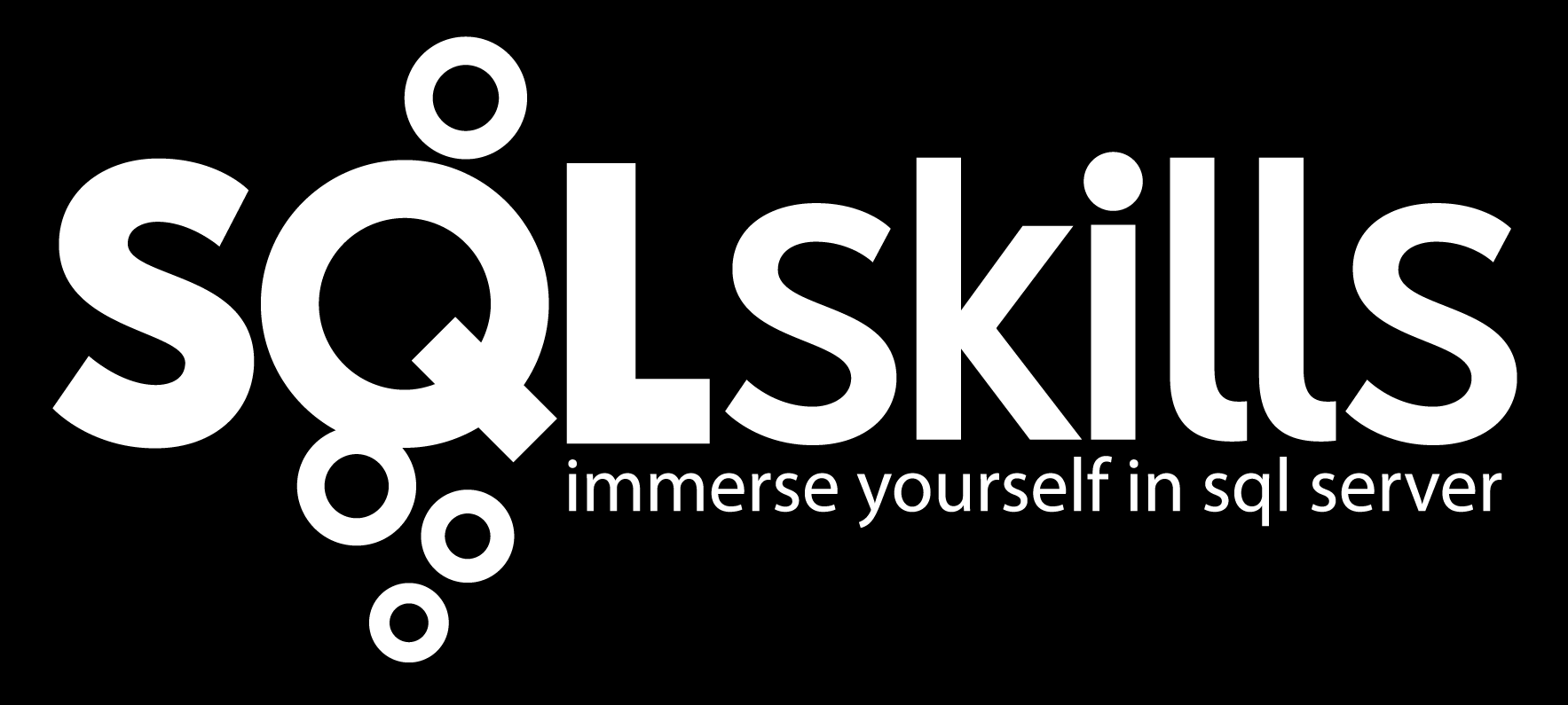Today, two new service offerings for the Azure platform were introduced, DocumentDB and Azure Search. These are exciting in themselves and worth a look-see but, to me, they are also occurrences of the phasing out of the “database as an application server” concept, formalized in the SQL Server 2005 timeframe. At least, in the cloud. Did everybody already notice, or was it too subtle?
Services moving inside the database (where they are more tightly integrated with the data they use) predates SQL Server 2005. Rather than rely on the OS for scheduling and alerting activities, SQL Server has always had its own facility (and separate Windows service) for this, known as SQL Agent. A mail component is included in the database as well. But possibly the first big service to be moved into the database was Microsoft Search Server. It was originally grafted on, but over time came to be completed integrated in SQL Server as the fulltext search feature. SQL Server 2005 was the watershed for this concept, including the XML/XQuery, Service Broker, event and query notifications and HTTP endpoints, with SQLCLR providing a programming substrate to be used in conjunction with T-SQL for the new services. This concept was formalized in the Dave Campbell’s paper “Service Oriented Database Architecture App-Server Lite”. Interestingly, these features are often artifices over relational constructs (e.g. XML and fulltext indexing are relational side-tables). There was even lots of work put into using SQL Server as a substrate for the Windows file system (WinFS).
The first move away from this concept of “database as substrate for all” was the removal of HTTP endpoints and it’s replacement by what finally came to be called the OData protocol. OData serves data as either an XML format (AtomPub) or JSON format, which is why, although it’s often requested, it’s doubtful we’ll see “native JSON support” inside SQL Server soon.
Then….to the cloud…
One of Microsoft’s first PaaS offerings, now known as Azure SQL Database, solidified what was to come. Azure SQL Database is a relational database engine only, shipped without most of the “app-server” services inside SQL Server proper. Features that do not exist inside Azure SQL Database include not only the features mentioned above (XML/XQuery survives, but XML indexes, as far as I’m aware, do not), but other nice infrastructure features such as replication. These are to be offered by “the platform”, as in PaaS.
DocumentDB and Azure Search are just the latest pieces of the platform. SQL Agent functionality can be implemented using Azure scheduling and notification services. Service Broker is implemented/subsumed by Azure Service Bus. OData services are part of the service layer, not the database layer. JSON is tightly coupled in DocumentDB, JSON documents subsuming XML documents in many use cases, e.g. document databases rather than XML databases.
A discussion of what precipitated the move from application servers and service-based architectures to database as application server to separate services with service coordination programmed into each application is a whole other set of blog entries…or discussions in bars. As is the comparing-and-contrasting of how this is being done in other ecosystems, e.g. cluster as substrate for all and a central resource negotiator (YARN) that manages the cluster. Note: SQL Server (and likely SQL Azure Database) uses it’s own Resource Governor to divvy-up the resources. And there’s always the question of who (application and administration-wise) manages and orchestrates the integration of these disparate services; now that’s a occupation that will certainly be in demand.
As far as SQL Server “proper” goes, DBAs need not worry about having less to do. The latest versions now integrate a column-based “database” and its optimizations, and an in-memory “database” (with different storage and isolation paradigms) into the mix. But these are data engines rather than services. Also note the cross-pollination between different parts of “the platform”; the XVelocity engine also lives quite nicely in SQL Server Analysis Services and in Excel. And there’s already rumblings of the implementation of DocumentDB using lessons learned with SQL Server’s in-memory implementation. So far, it’s interesting that neither columnstore nor hekaton have yet to make an appearance in Azure SQL Database. The same “redistribution, integration, and evolution of services” is going on in the ETL/Analysis/DataMining/Machine Learning Microsoft ecosystem too.
One thing about the technologies surrounding software; we always “live in interesting times”.
Cheers, Bob (@bobbeauch)
